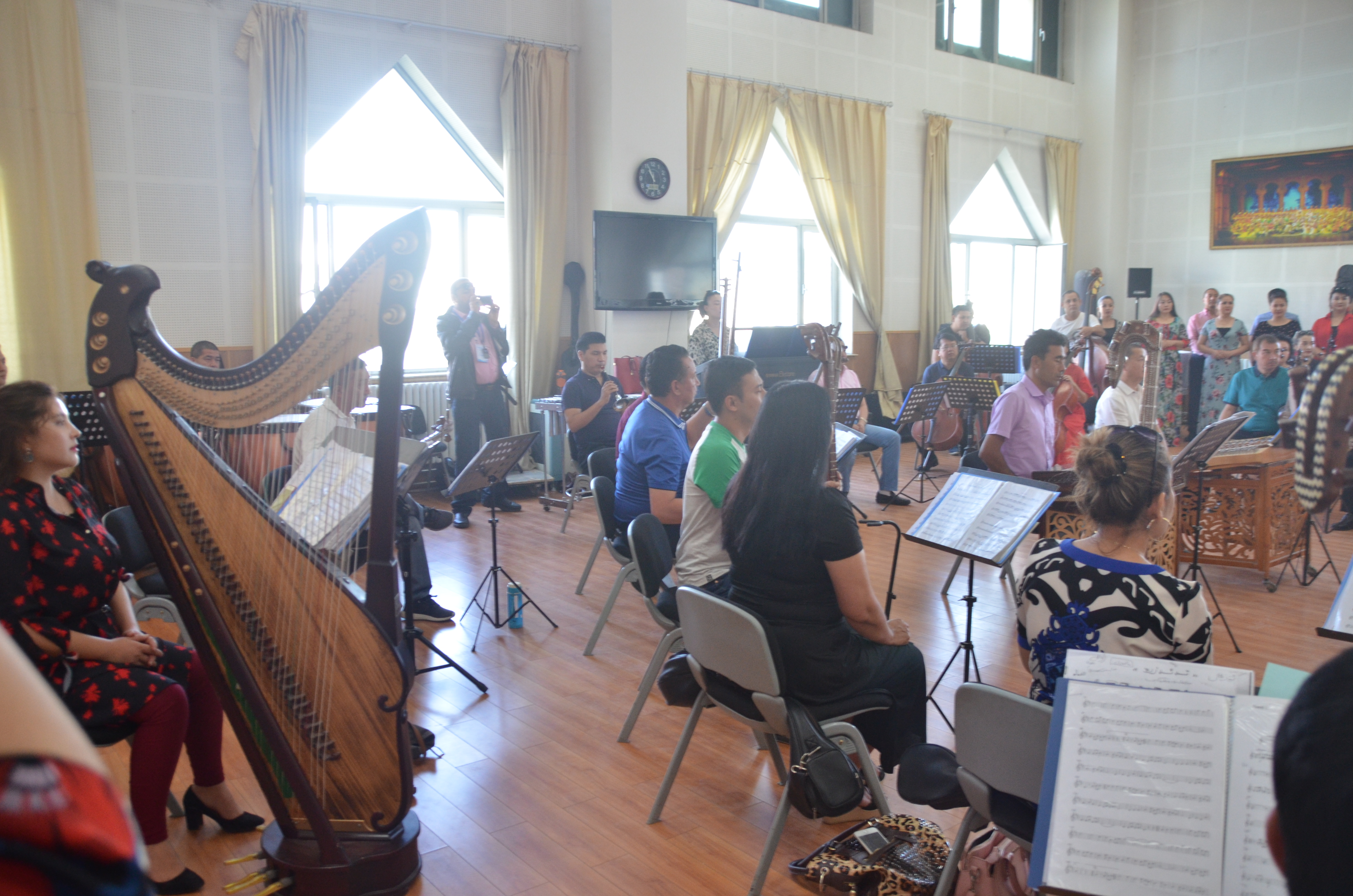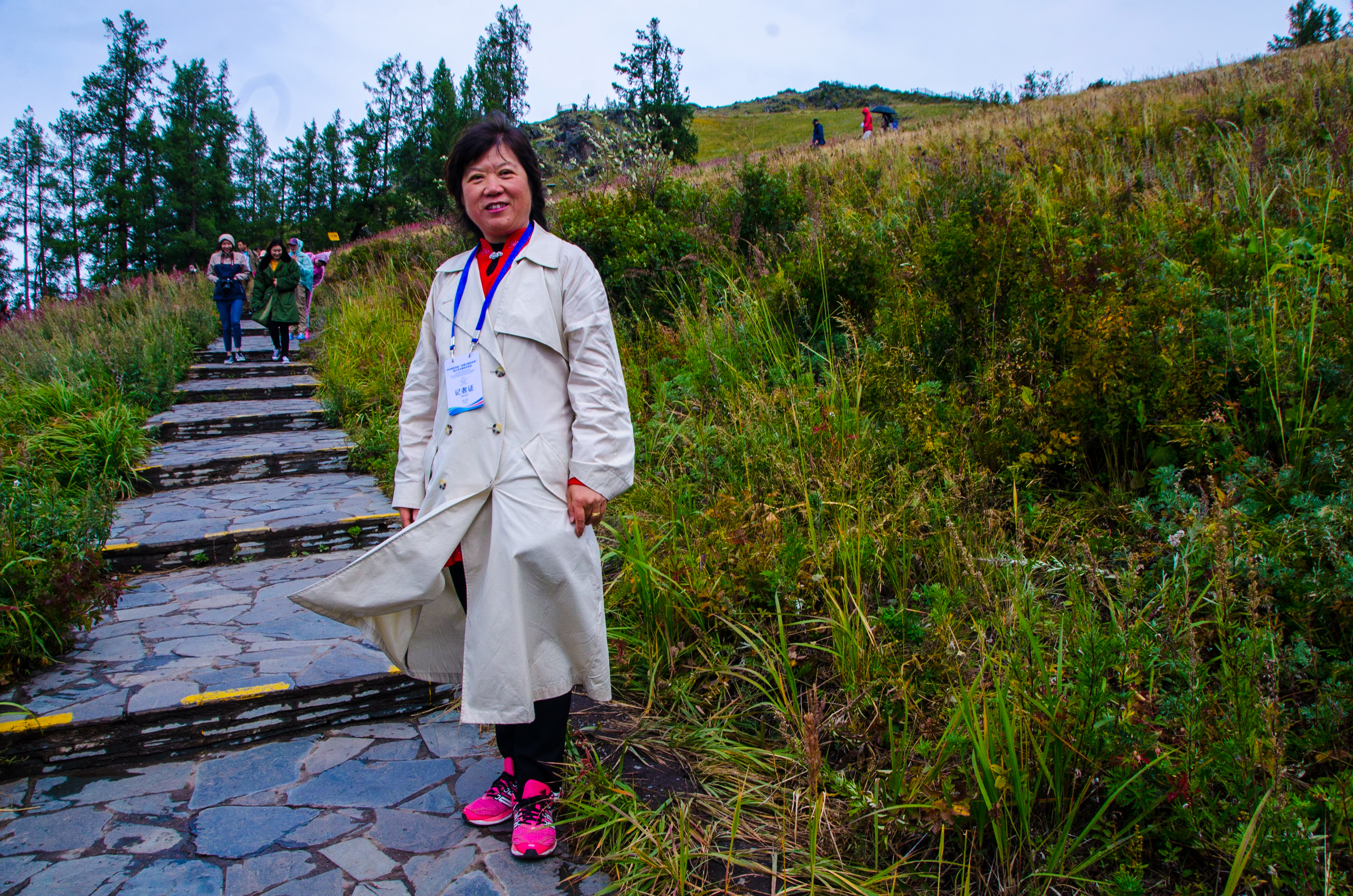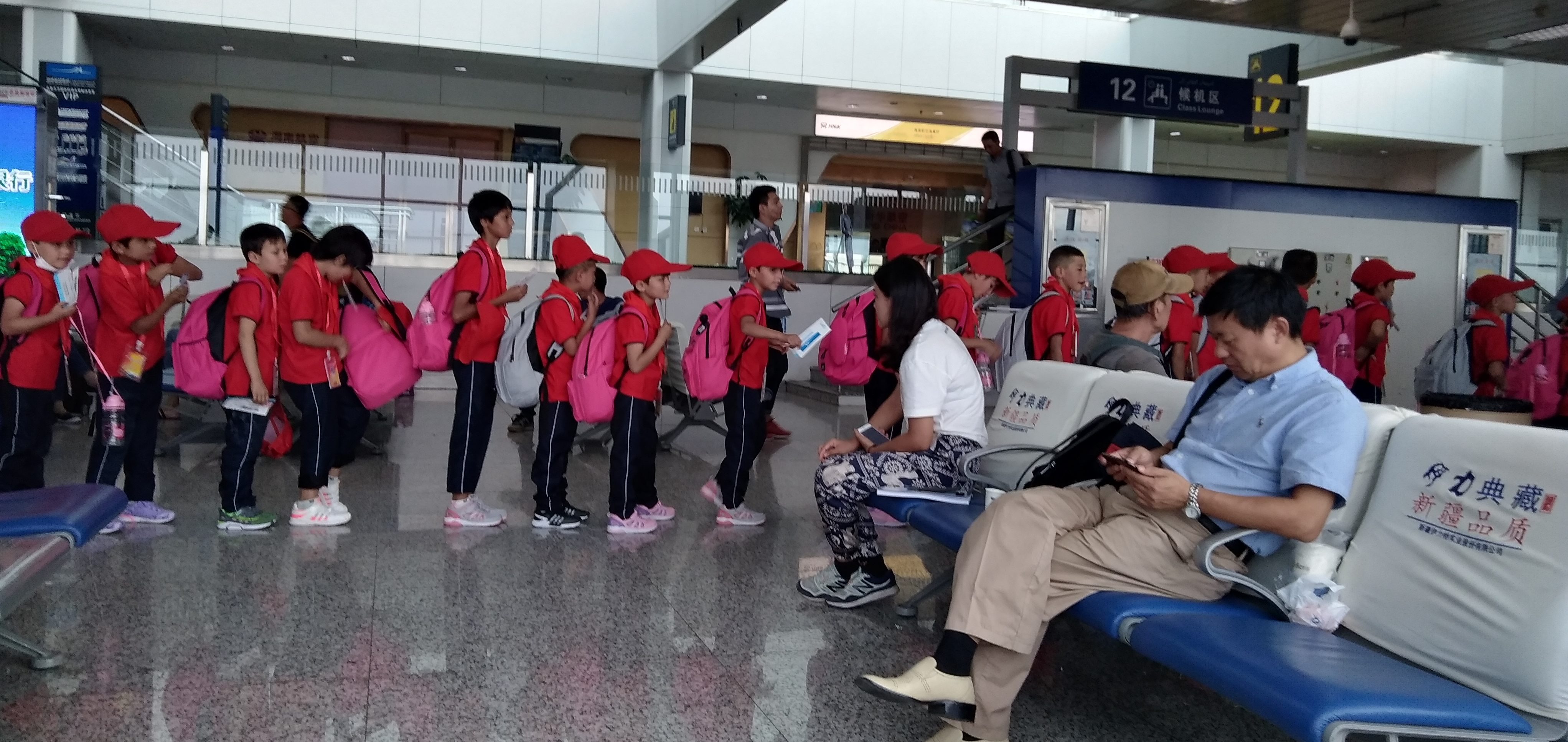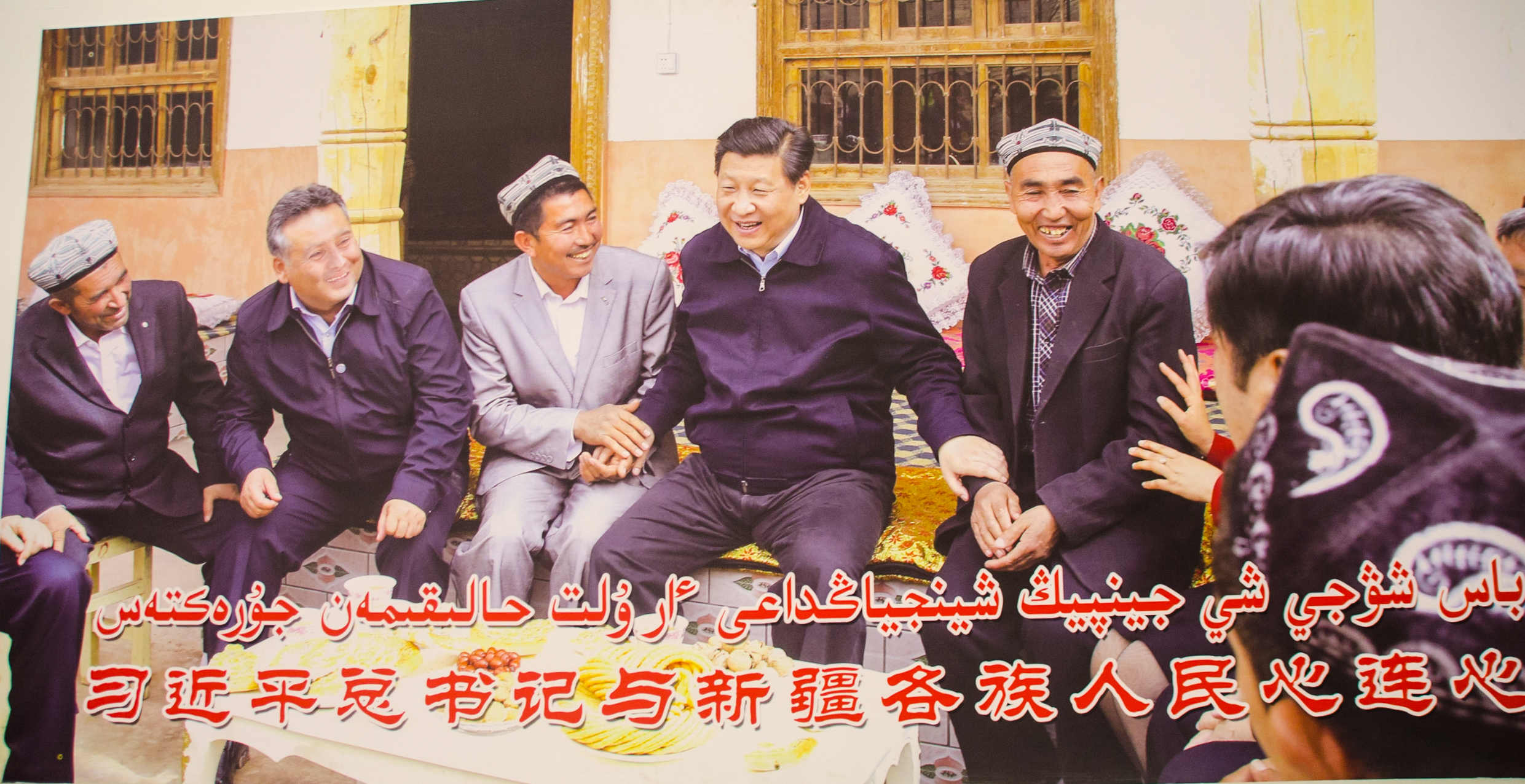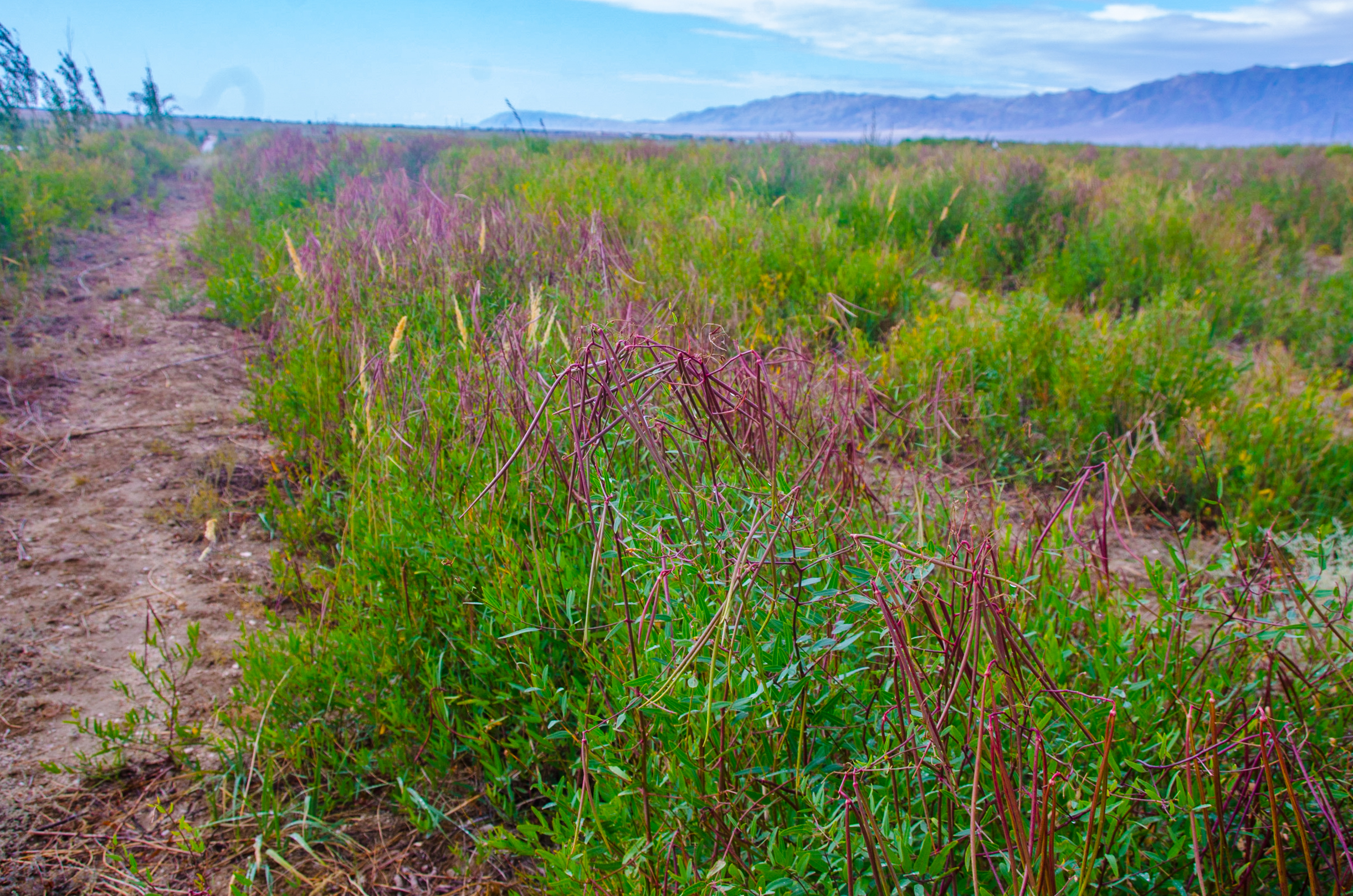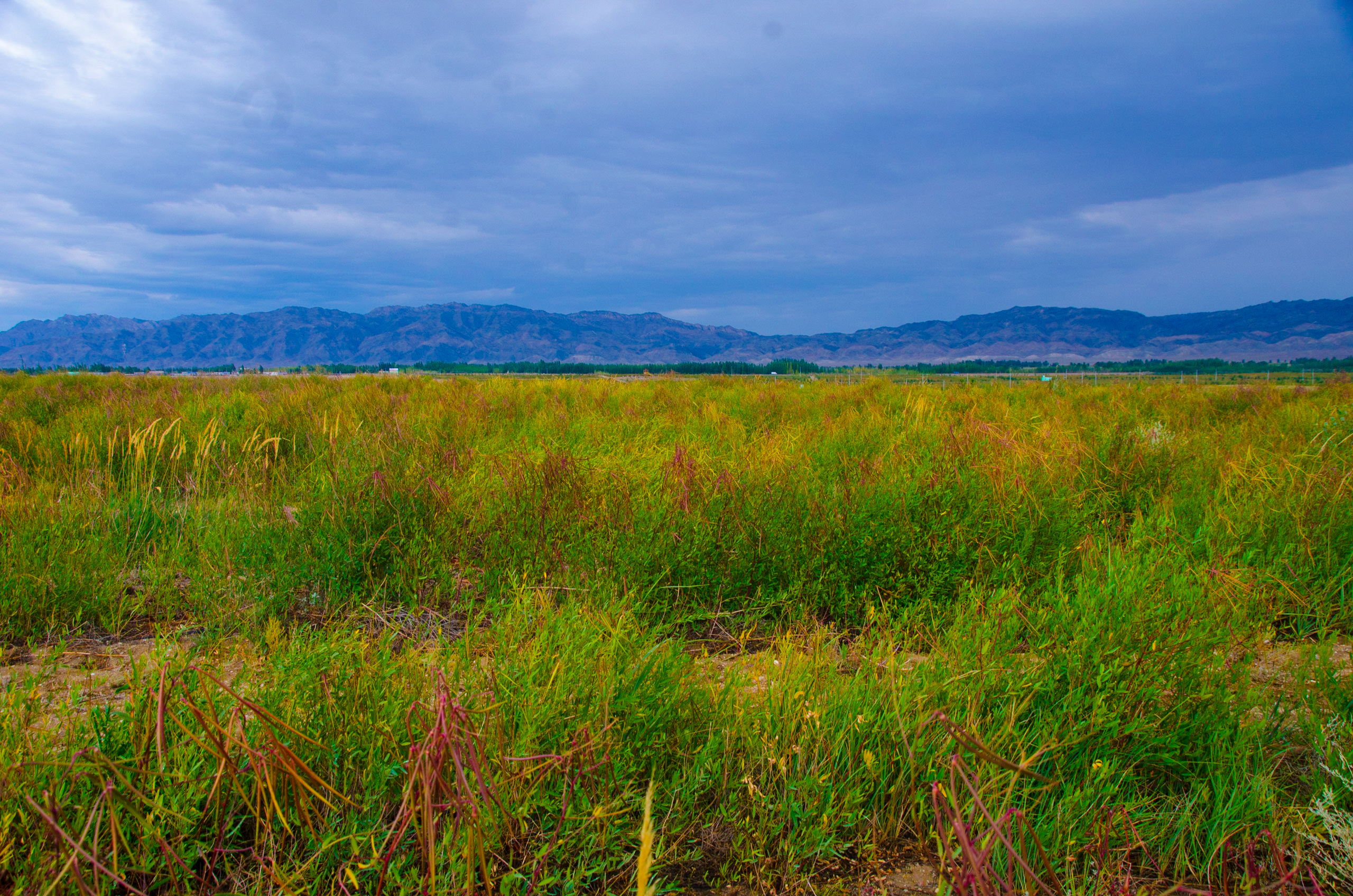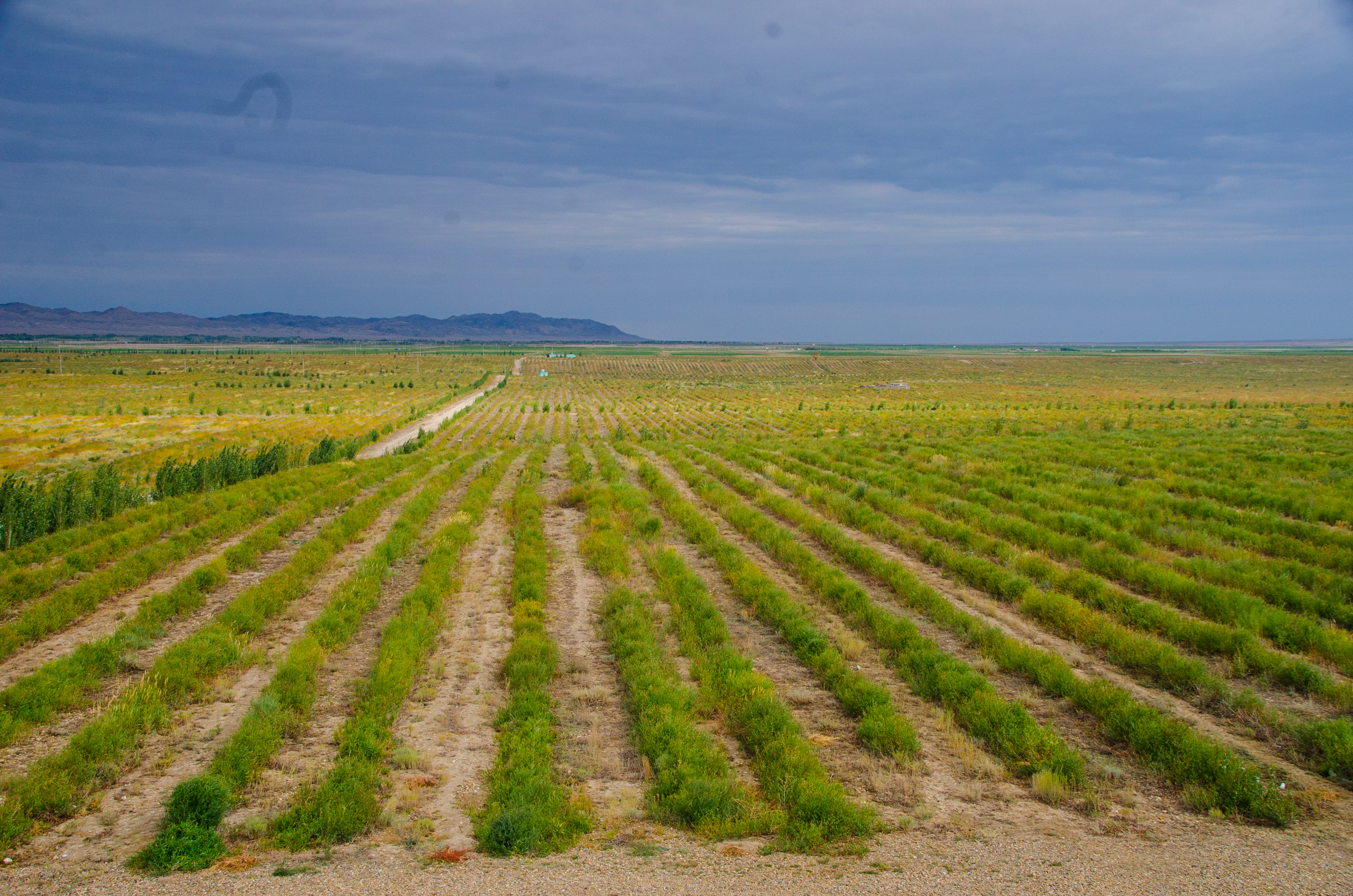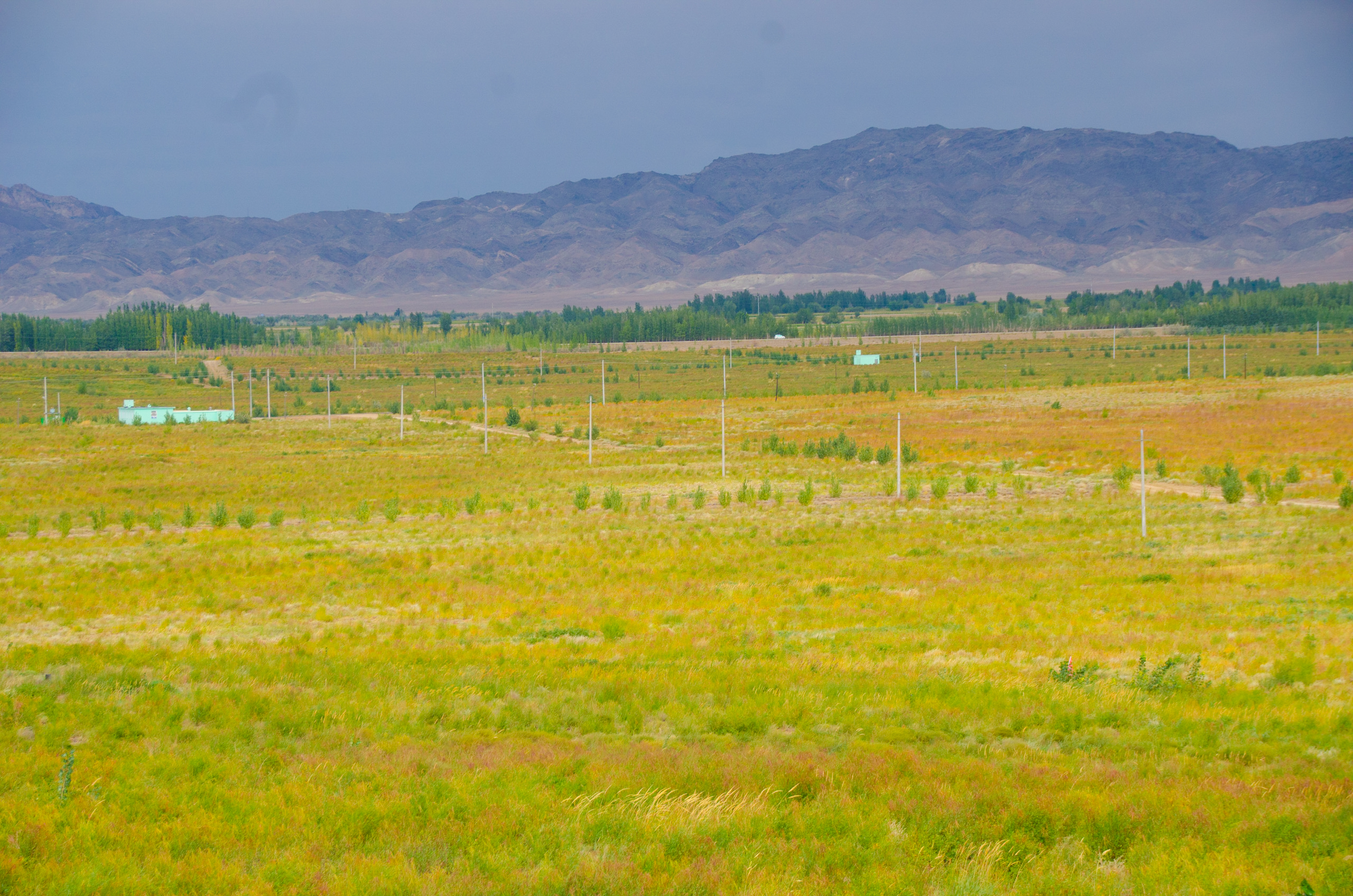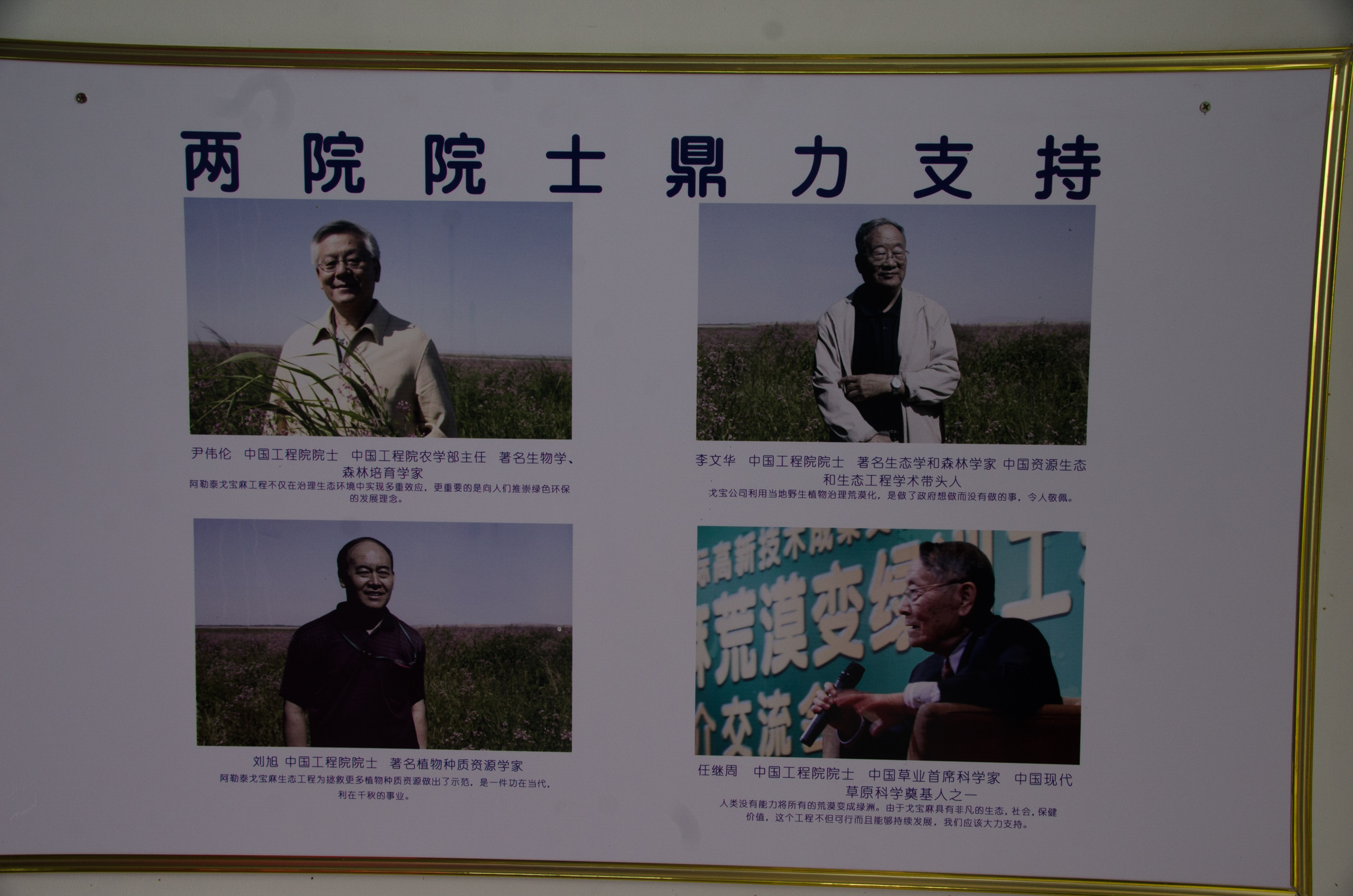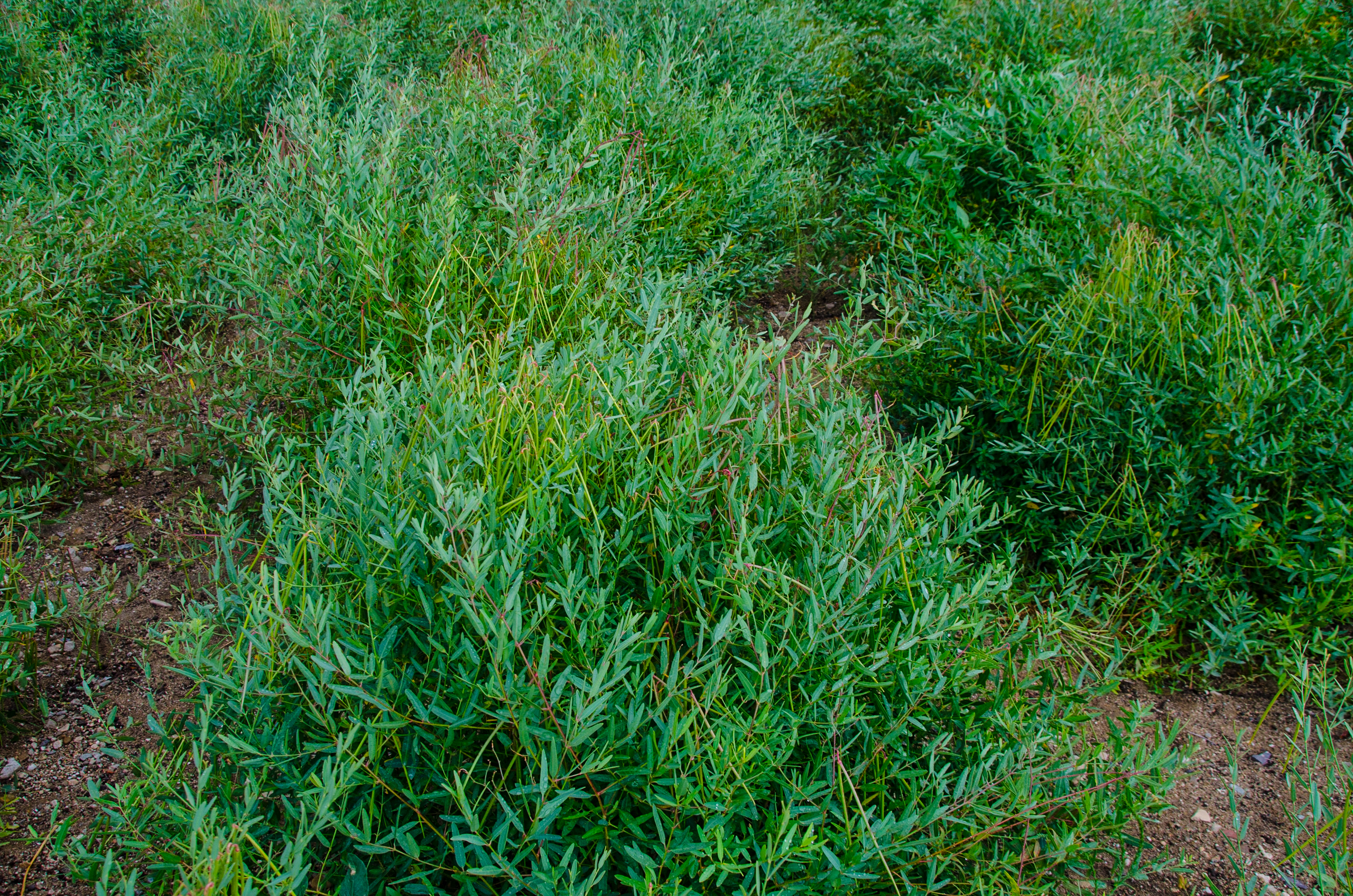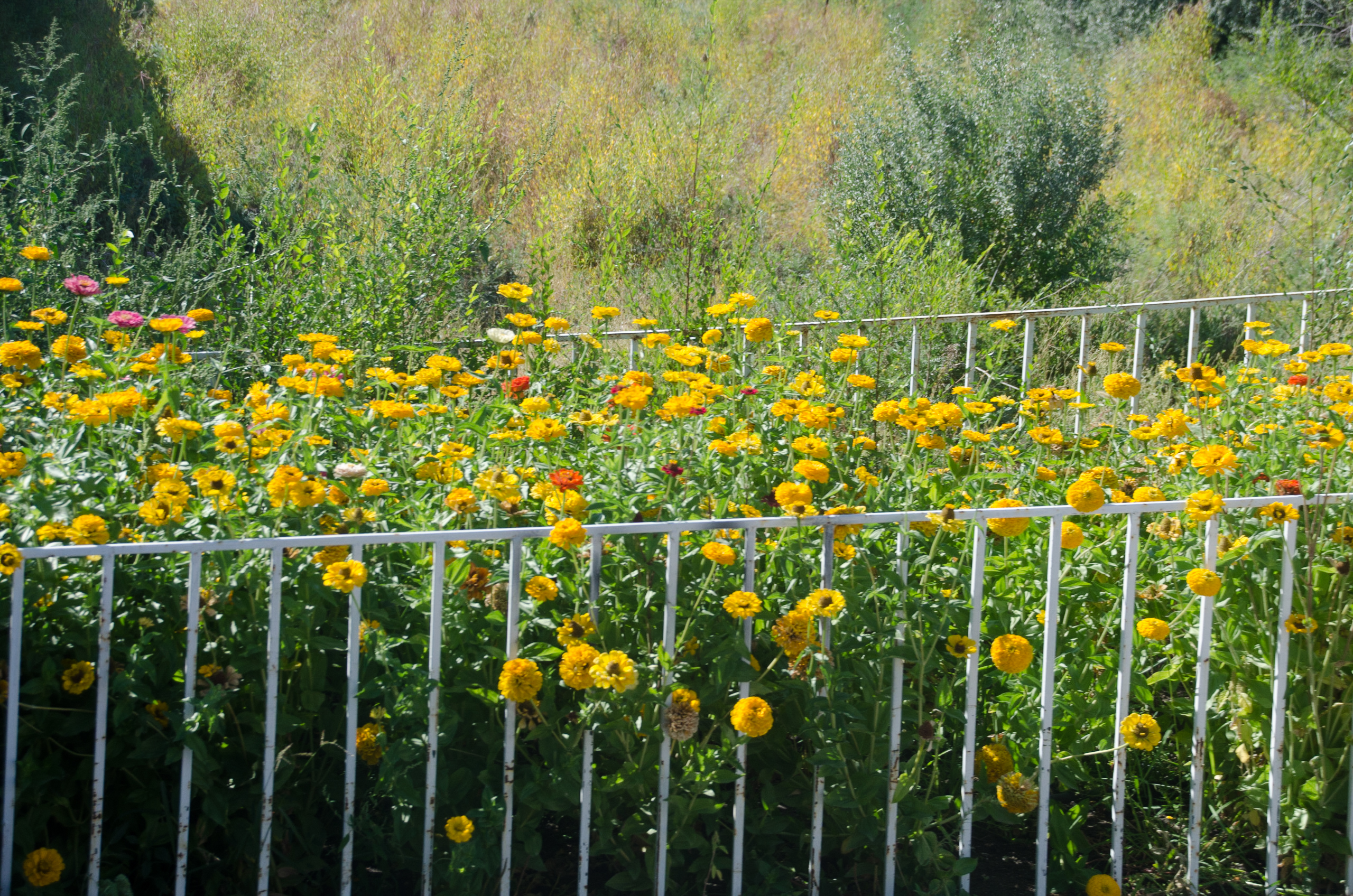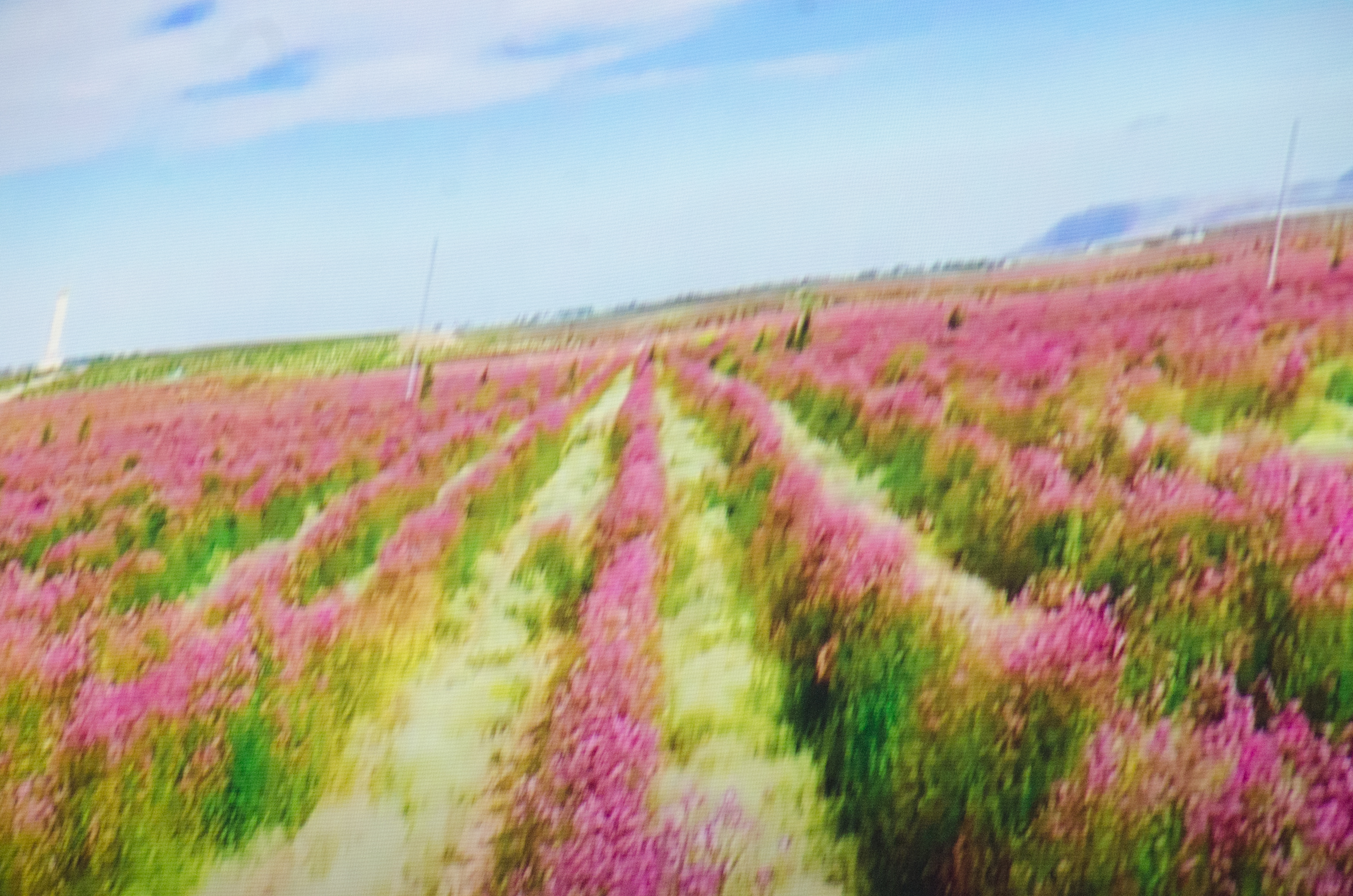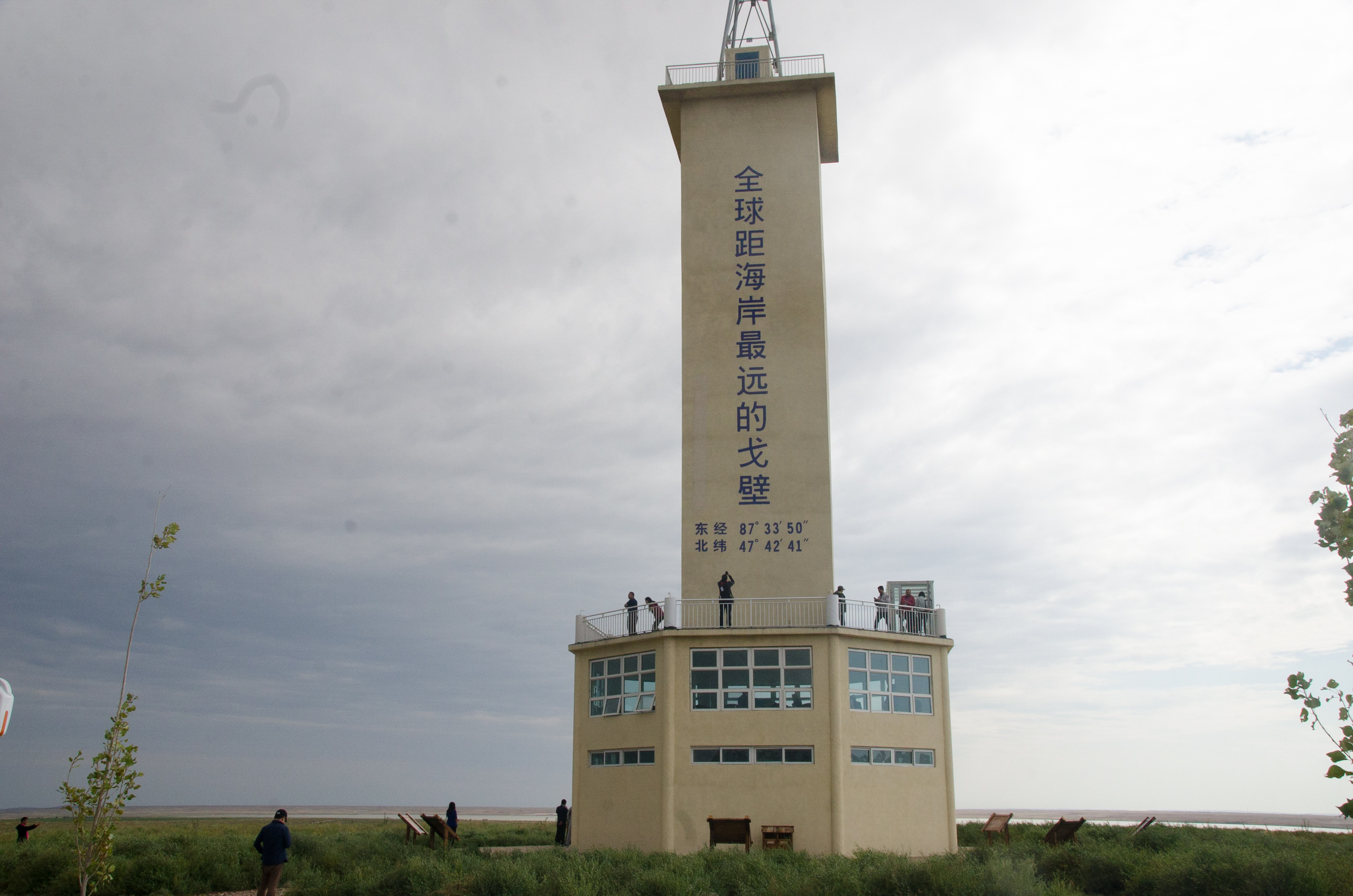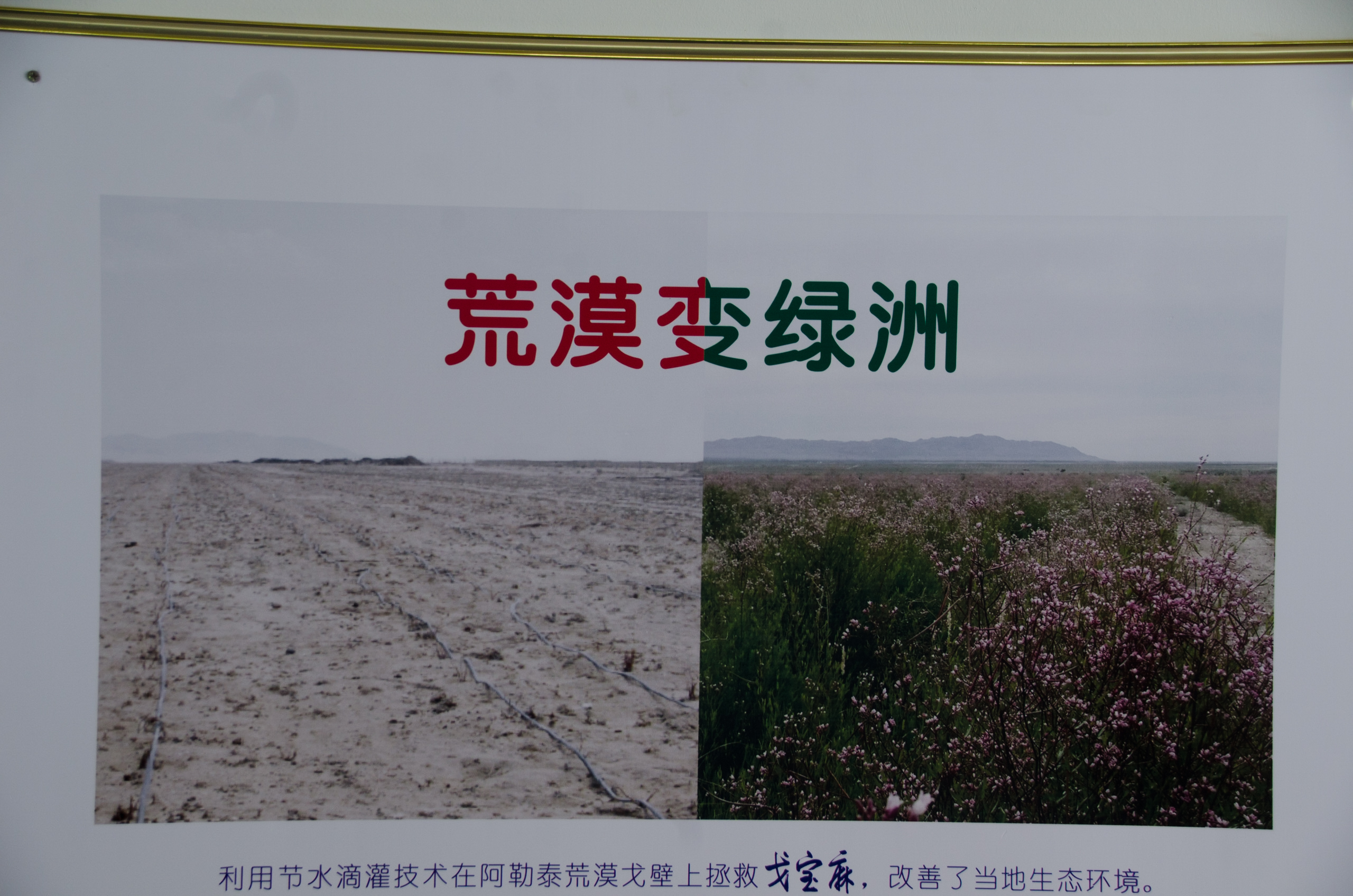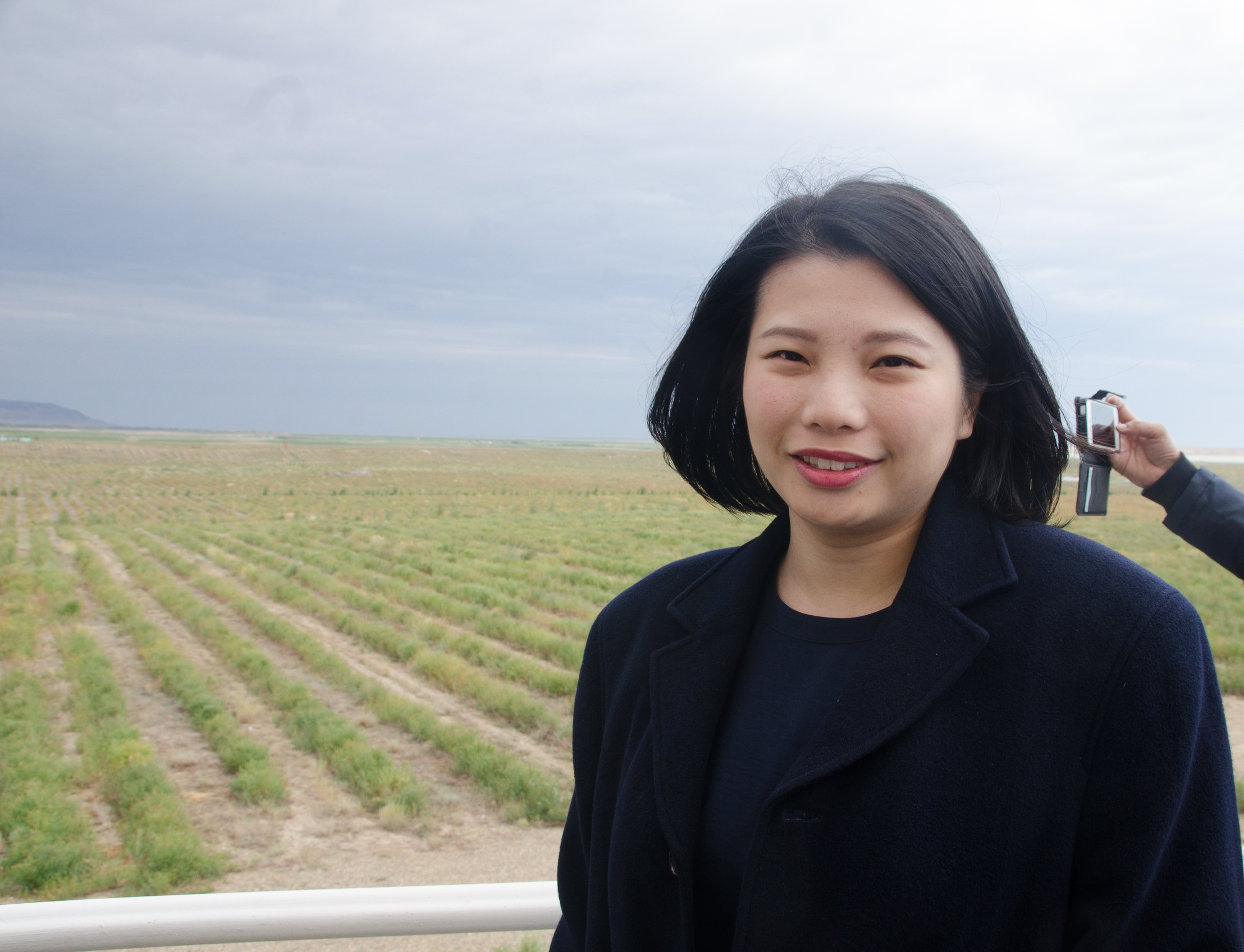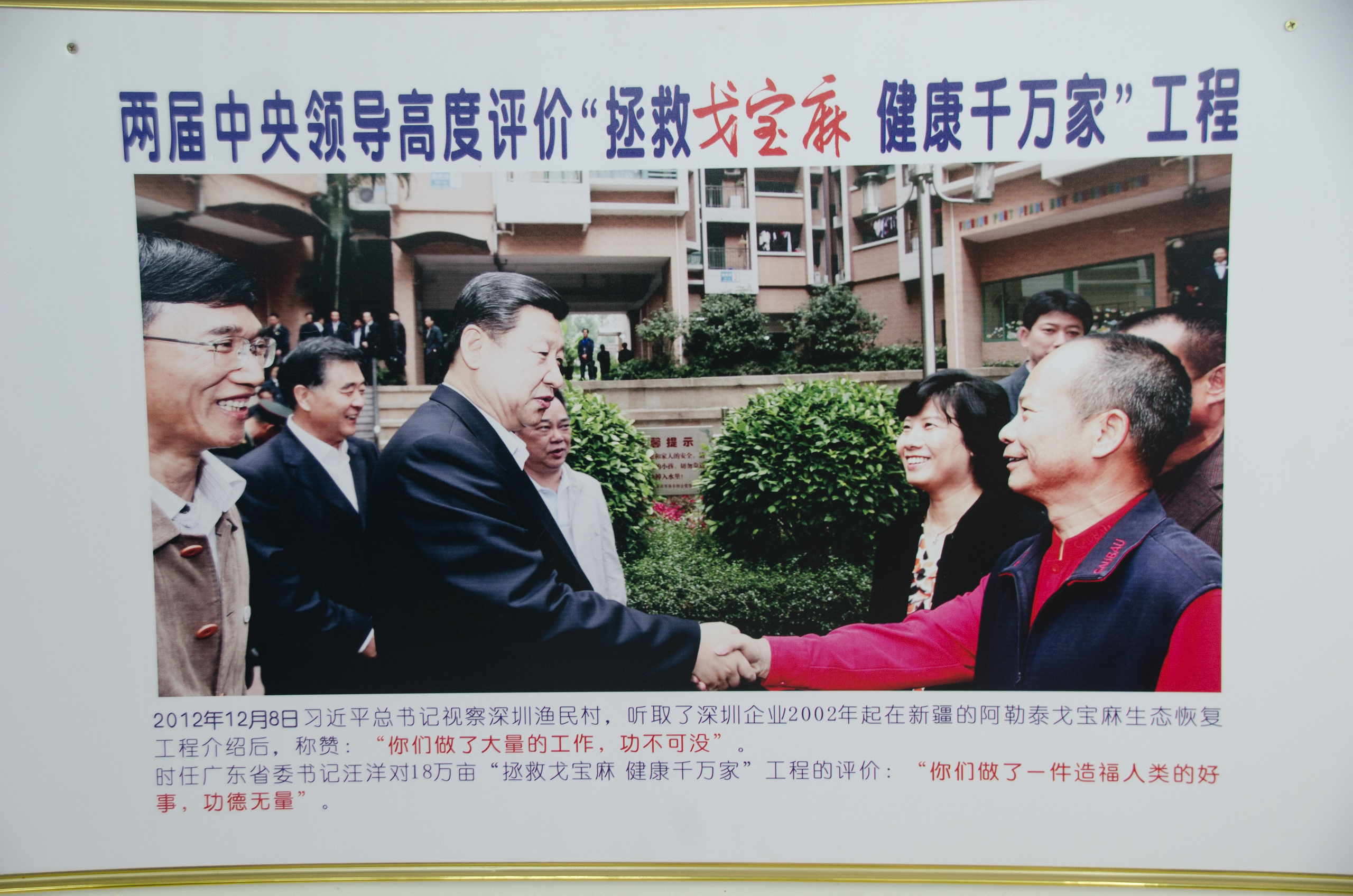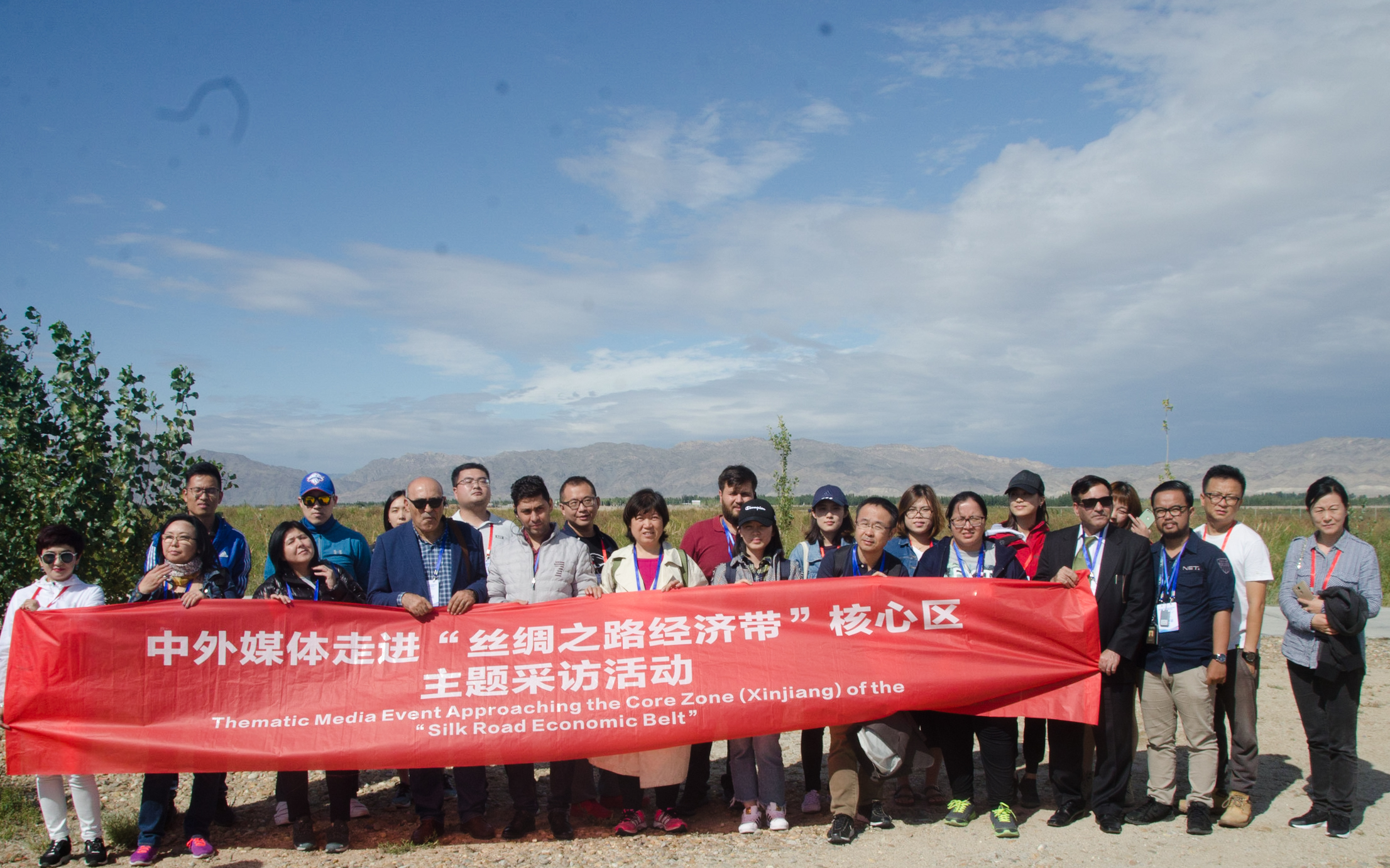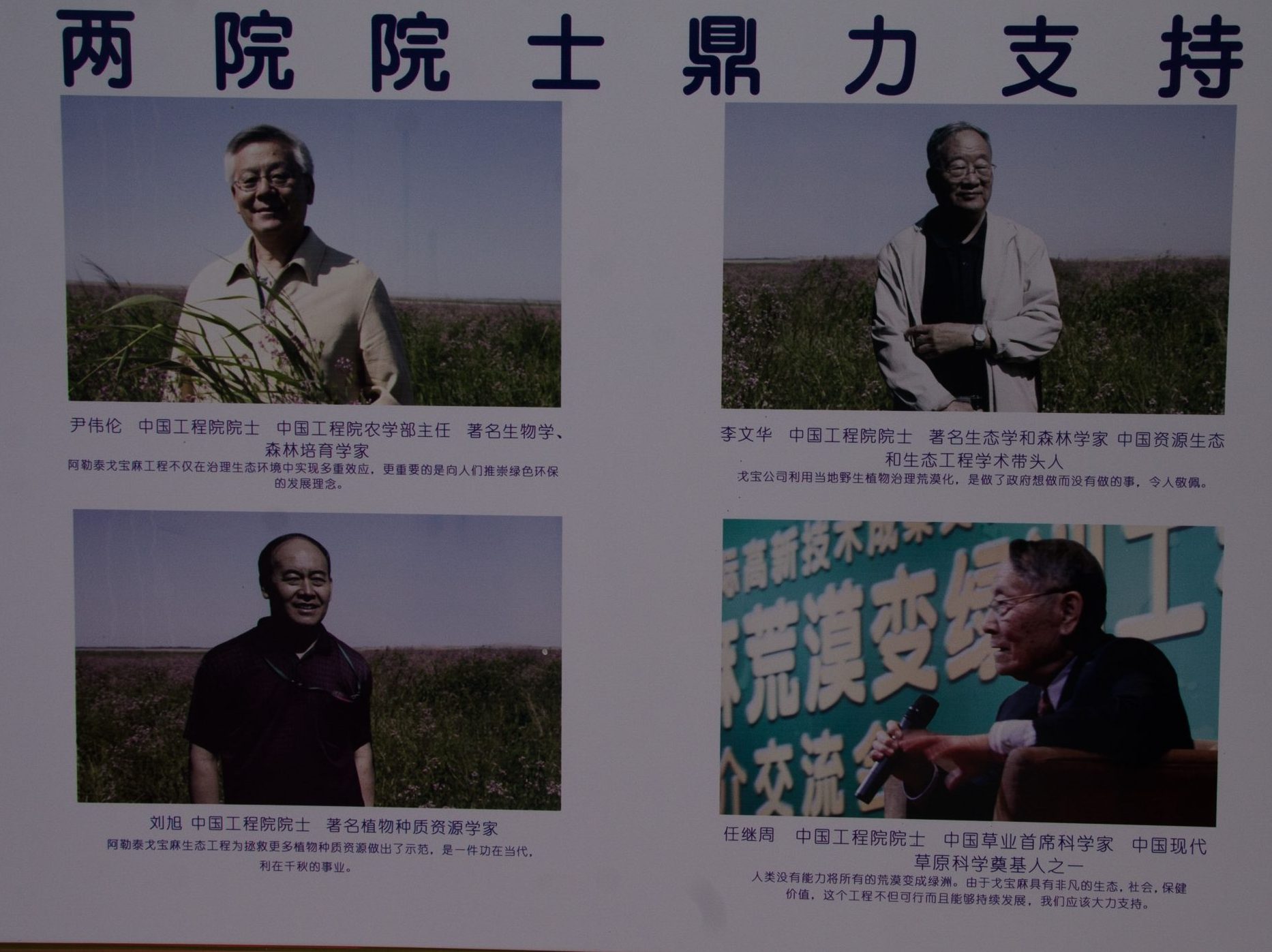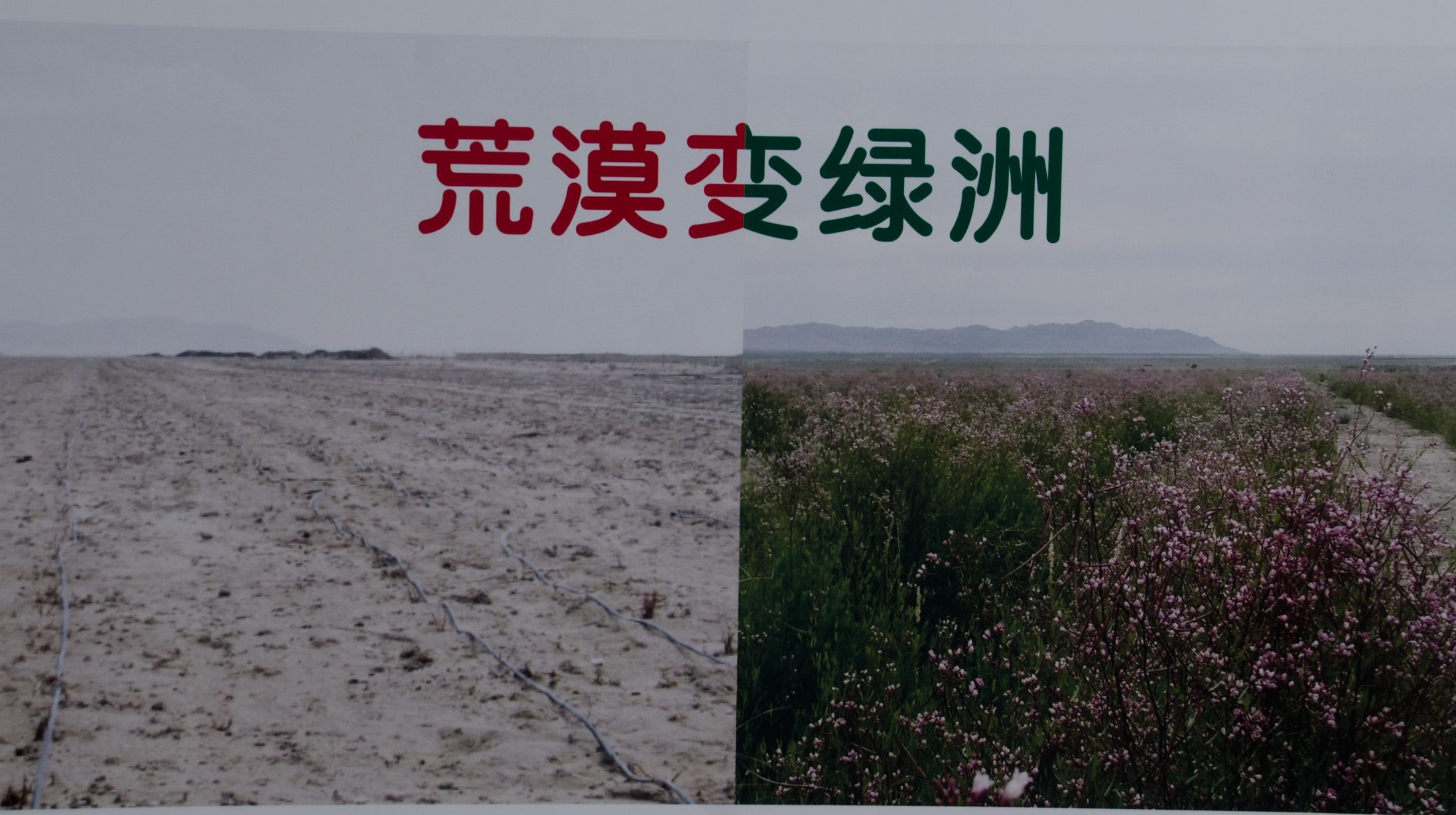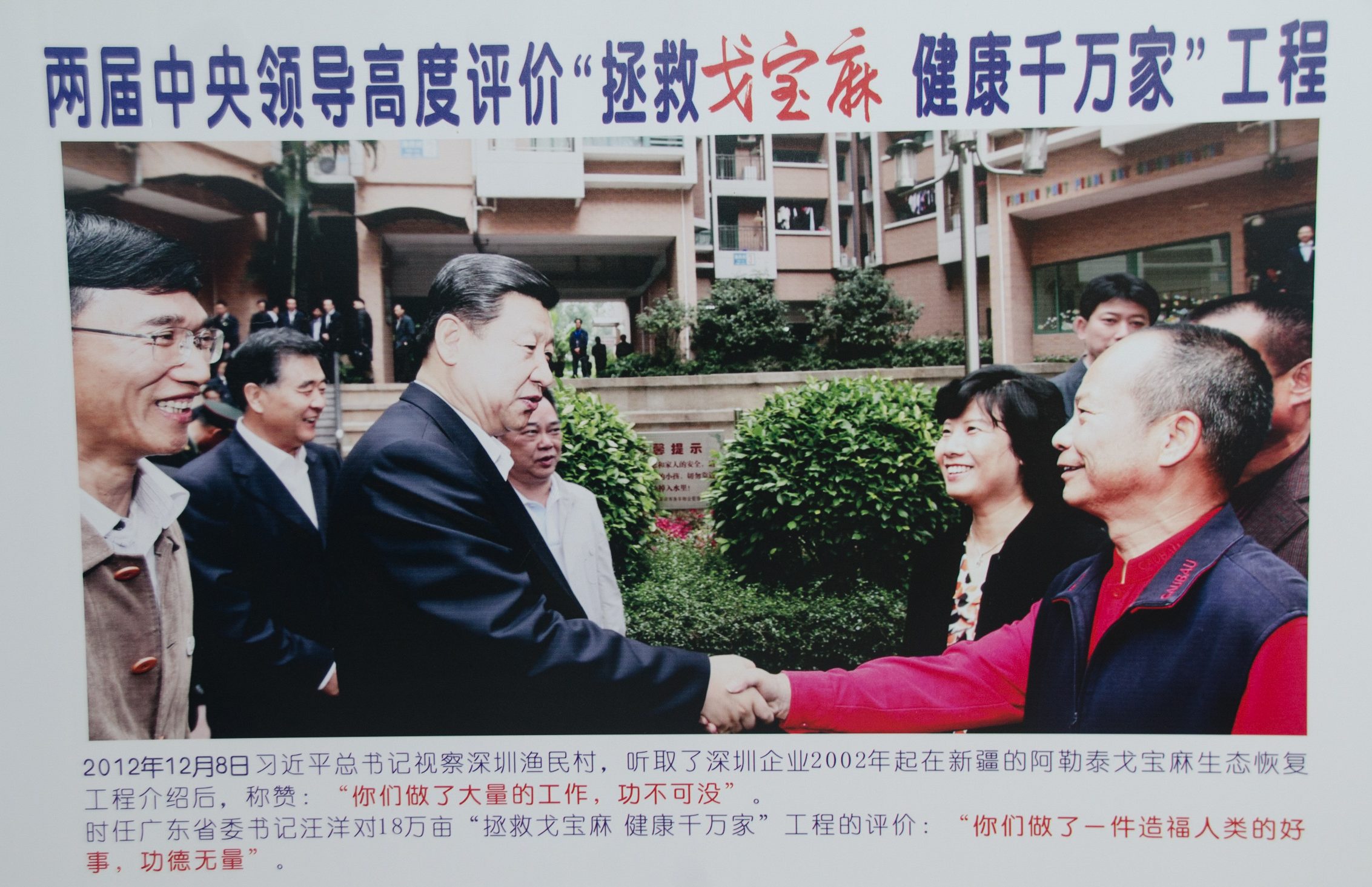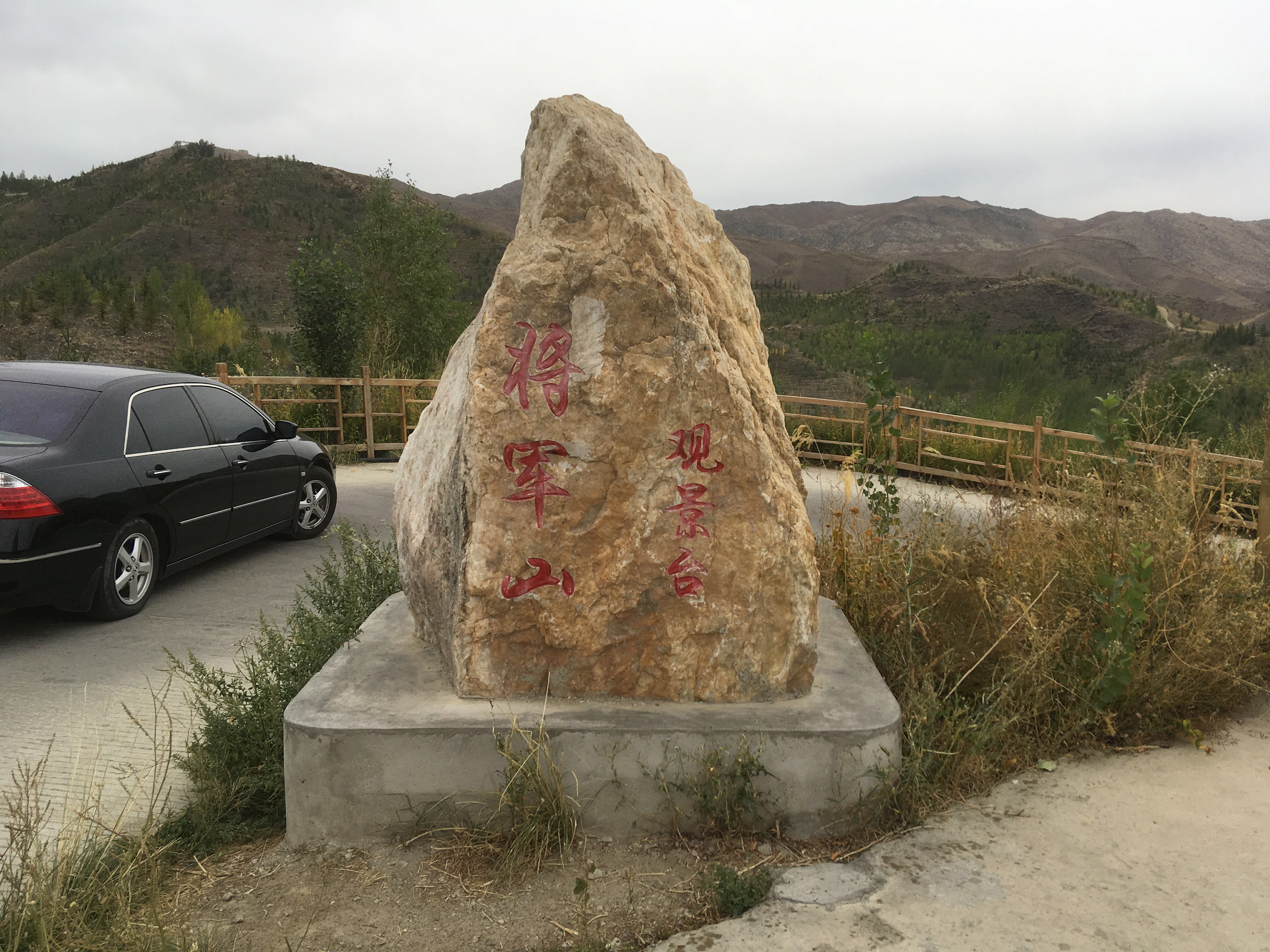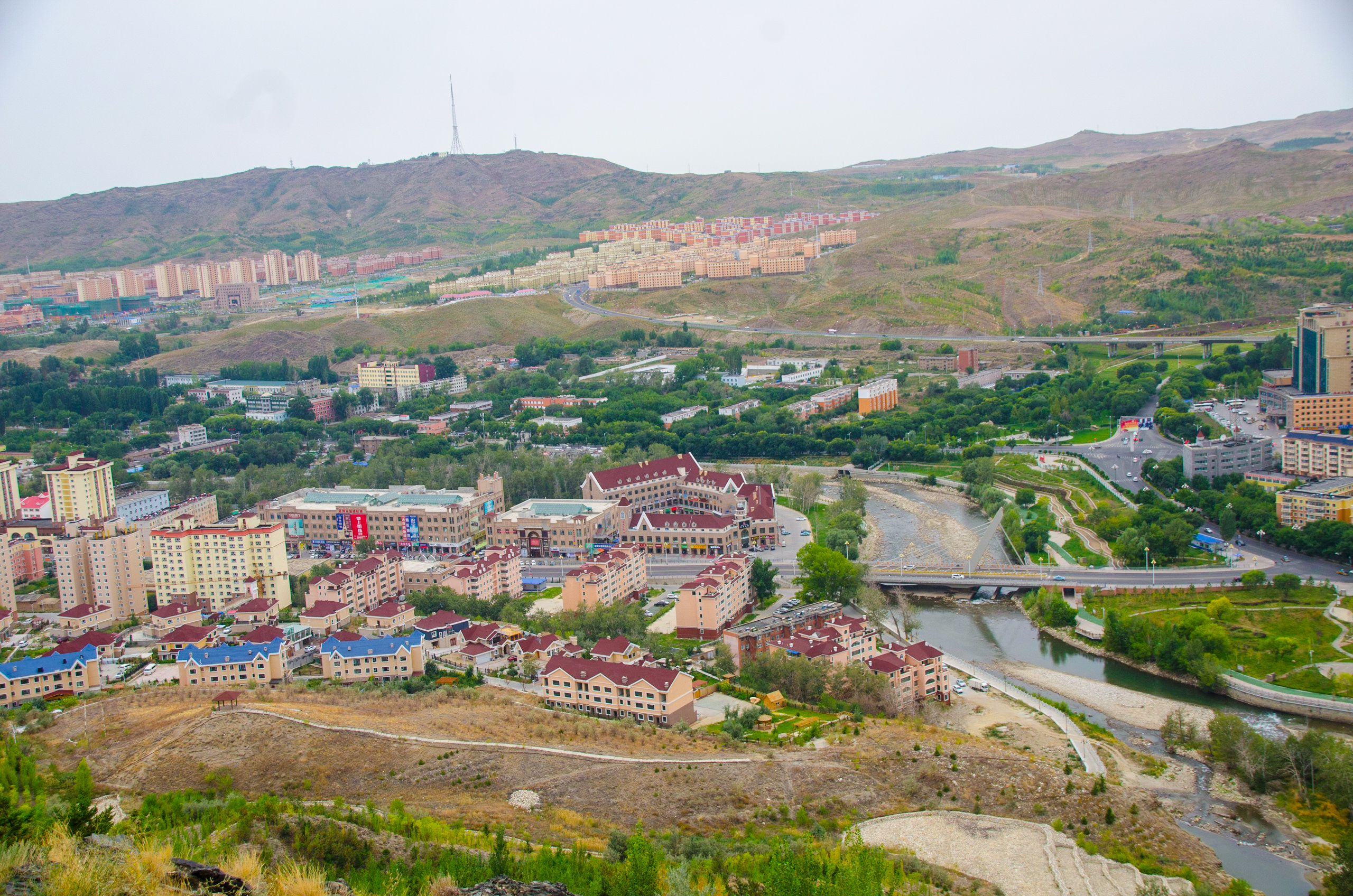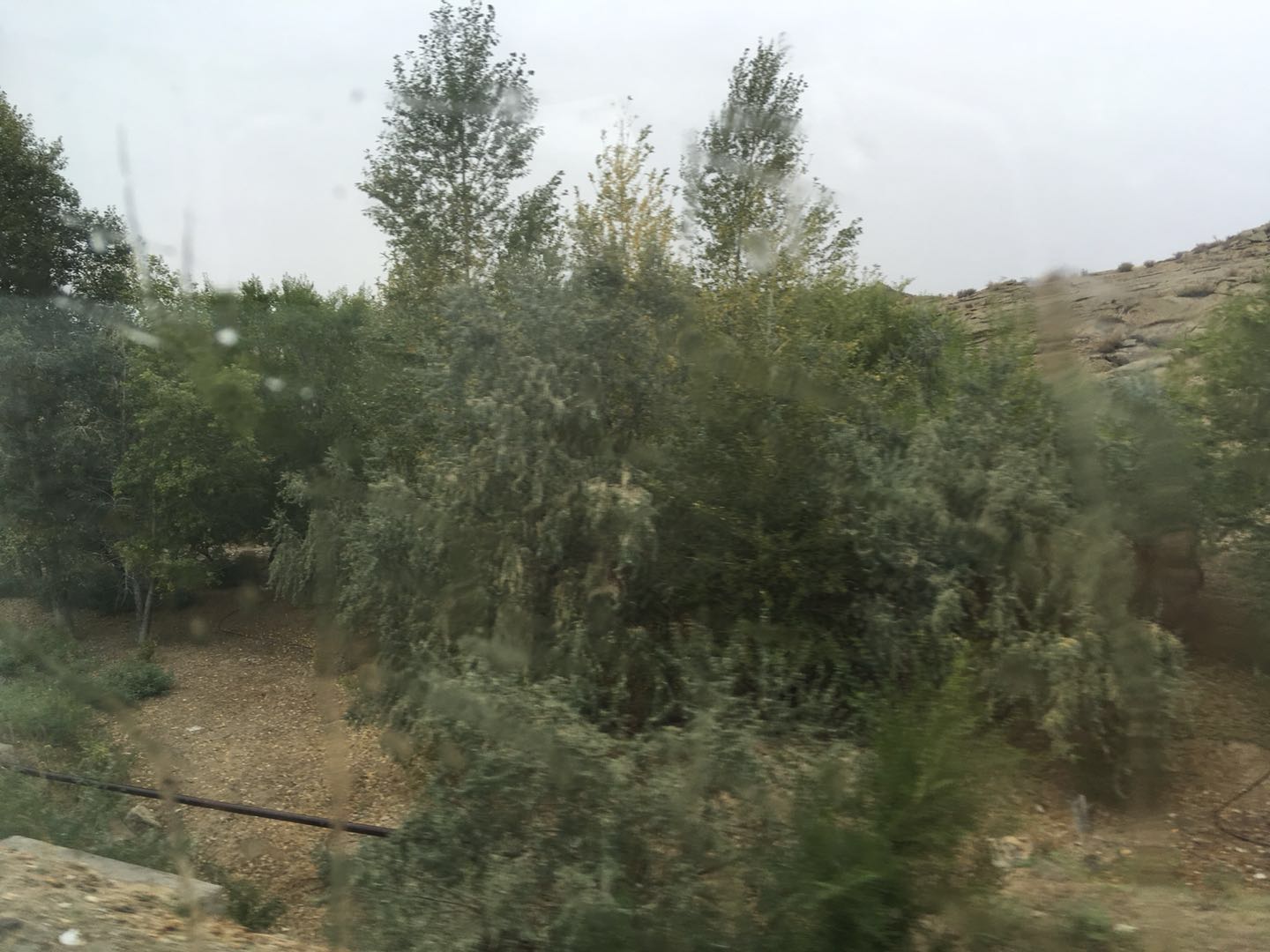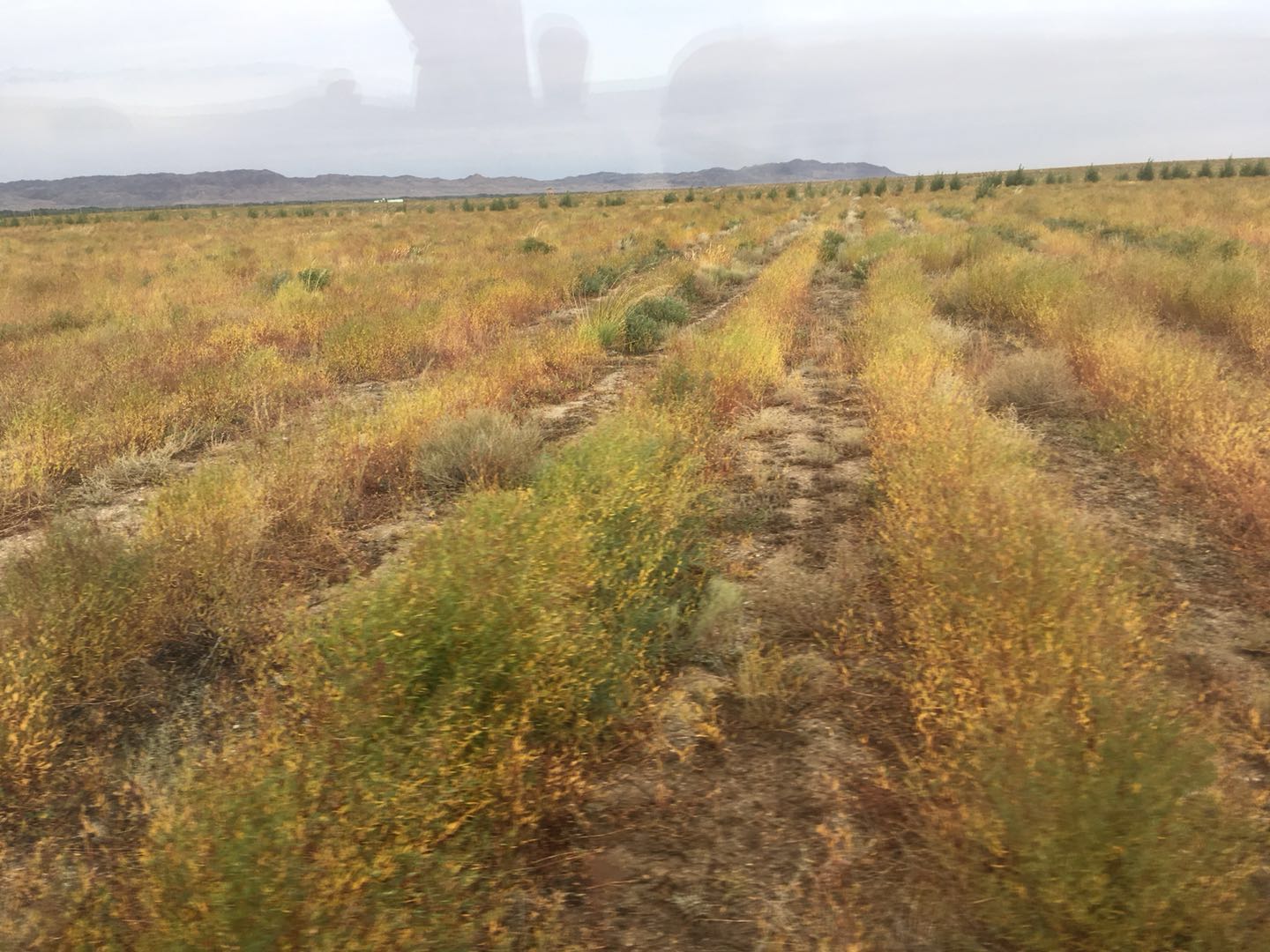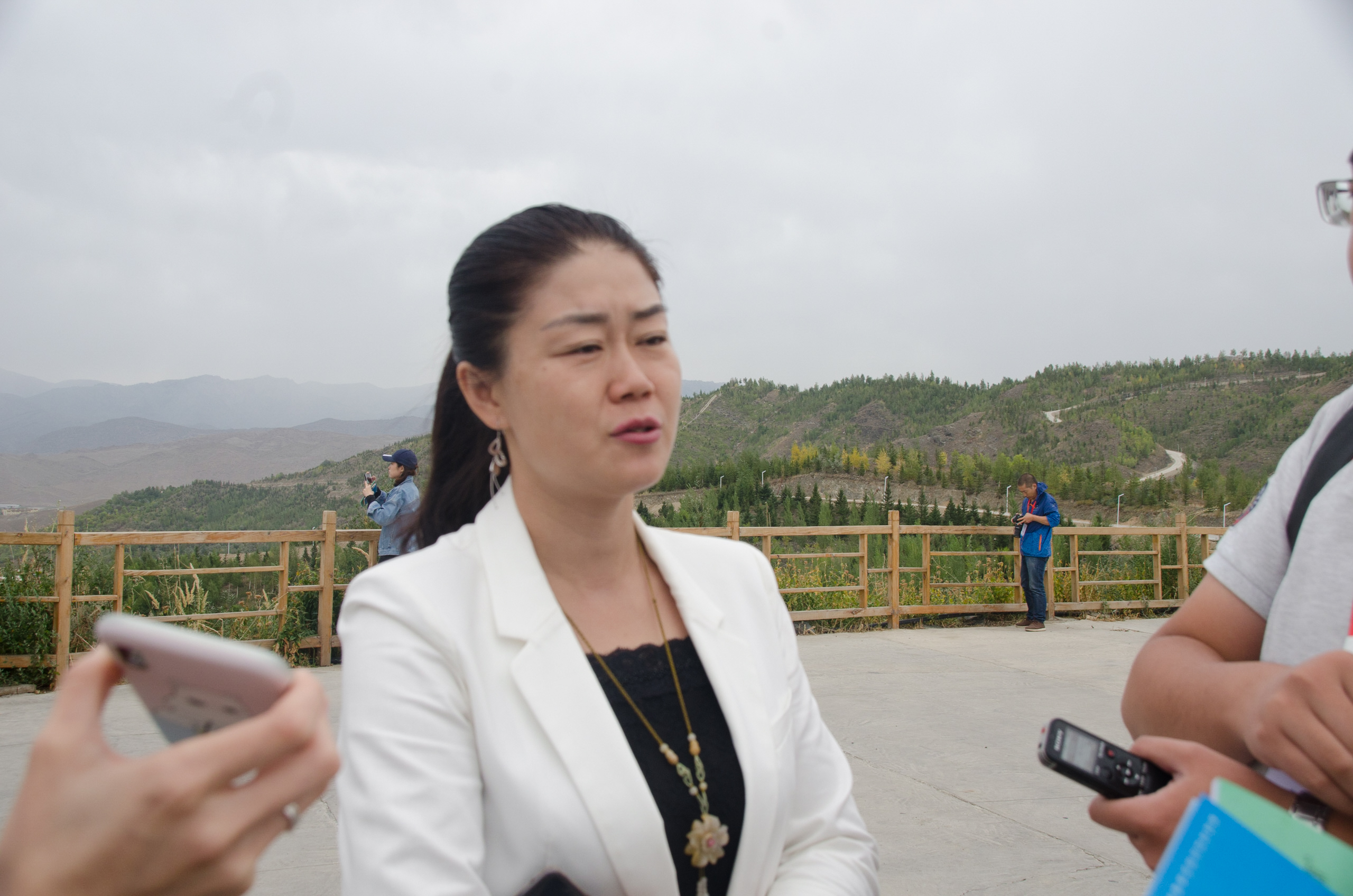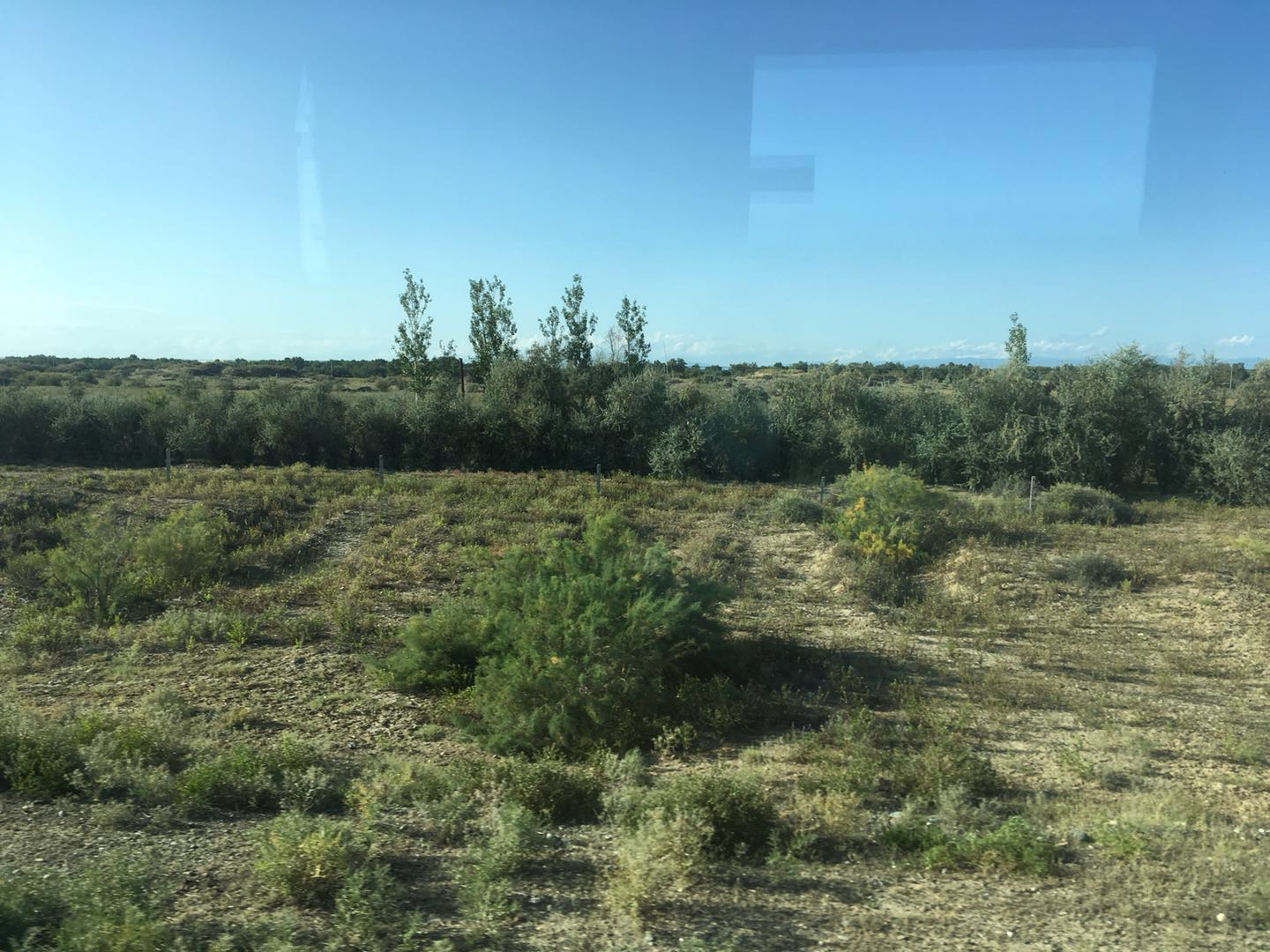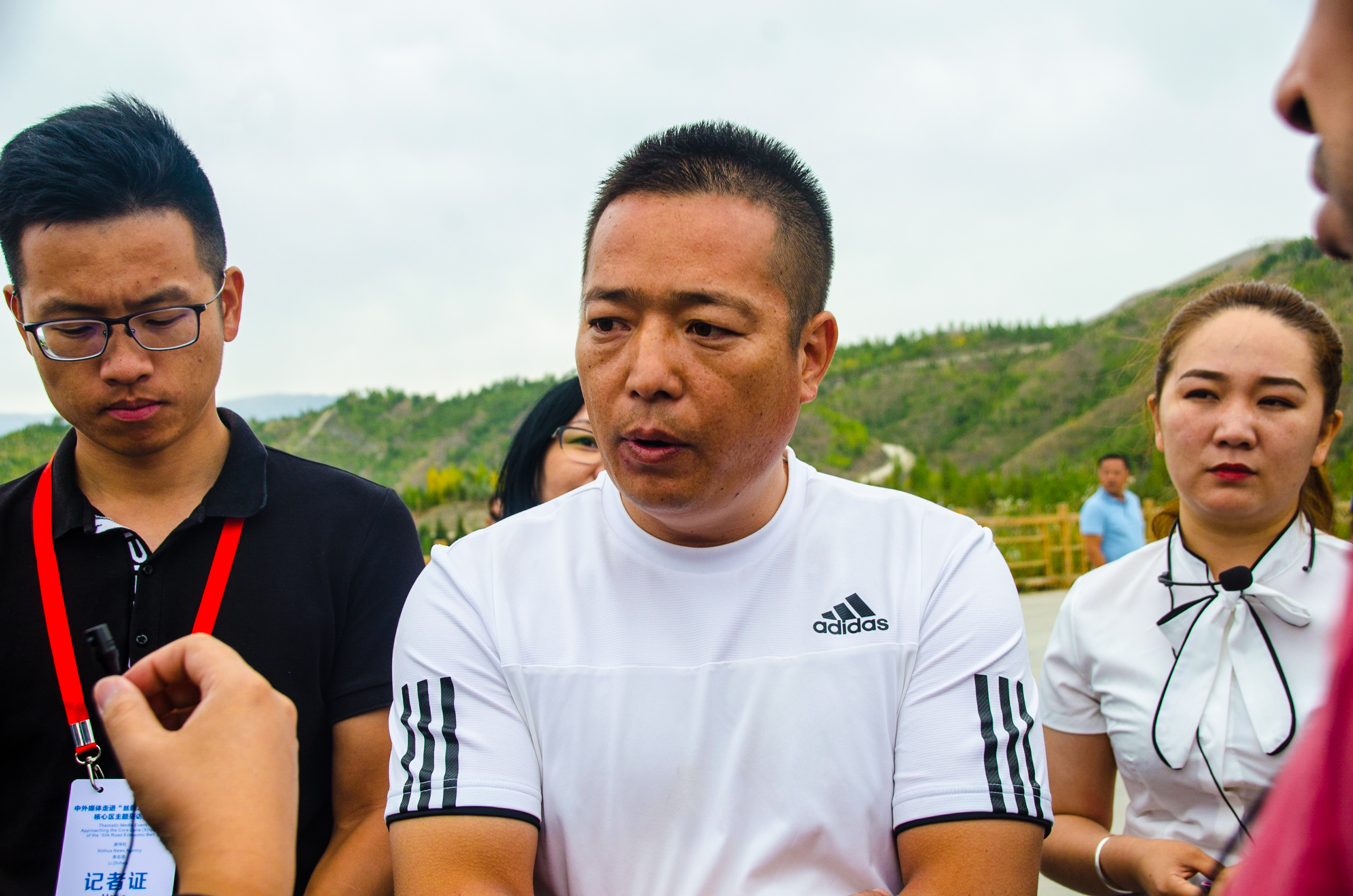By Xuefei Chen Axelsson
Stockholm, Nov. 11 (Greenpost) – Xinjiang is a magical place, Xinjiang is an aspiring area and Xinjiang is also a mysterious place, how does Xinjiang really look like? Is it safe and stable? With a lot of questions, the reporter came to Xinjiang Ugyhur Autonomous Region.
Audio PlayerSitting in a minibus, I watched outside through the window. From the Airport to the Northwest Petroleum Hotel, I felt I came back to my hometown Jinzhou, Northeast China because the small business shops are so similar to those stay in Jinzhou. Yet, when I went out from Hotel to the Bazar in the evening, the road looked like the one I took last year in Dalian. But when we went to Changji with the big bus, I noticed the road has the good company of green trees and grass. It looks very international.
All the way to north, we often saw a huge picture of President Xi Jinping sitting together with Xinjiang people. The caption is President Xi Jinping and all Xinjiang ethnic groups are heart by heart. This picture is very striking. In the vast grassland, suddenly when you see this picture, you immediately feel so warm in your heart. President Xi is so near to the people. It is also feeling warm seeing the red flag blowing in the sky.
When I walked across the street in Urumqi, I saw the red light, but I also heard the audio guide saying now it is red light, please wait and right after that is Uyghur language meaning the same thing, I guess. In Urumqi, many road signs are in three languages, Chinese, Uyghurs and English. The subway will be in operation by the end of the year. Urumqi has both the Xidan Department store and Wangfujing downtown. It makes me feel like in Beijing.
Xinjiang has prioritised tourism and paid great attention to environment. The air is fresh and the sky is blue with white cloud.
One example is that in our hotel, there is a specification saying that if you need to wash your towel, you should put it in the tub, if you don’t need it, you should hang it on the wall. Indeed, if one person lives here for three nights, it doesn’t need to change because the weather here is very good, people don’t sweat much, it is a little bit dry warm and very comfortable. I think this kind of environmental awareness and promotion is very good.
When we arrived in Altay’s Hemu township, we saw a bridge that was built by Heilongjiang Province’s assistance. There is also a plate that shows the river administration system. The information office official said China has implemented the river director system. What does it mean? It means the top leader in the area is the one who is in charge of the river keeping it clean. In fact, CPC is a serious party. If they want to do something, they will do it and do it well.
In Altay city, they made great efforts in planting trees and made the mountain green. This was also based on President Xi Jinping’s two mountains theory. Xi used to say that the green mountain and clean water is just the gold and silver mountains. This practice makes many farmers and herdmen benefit because they can have two kinds of income, one part from animal husbandry, the other from the rural tourism such as restaurants and hotels. They also get some subsidies from the government.
On the last day, we went to the Red Mountain in Urumqi. In fact, this was a baren hill. But from 1958, all the party members and cardres began to plant trees here every year. Now it is a very green park with all kinds of flowers. The thick green forest and the beautiful flowers make the park very lively. The color of the flowers are so fresh under the strong sunshine. This has been a typical example of how people’s behaviour change the environment for the better.
The natural environment has changed, the human environment also changed for the better. For example in the grand Bazar, all kinds of ethnic groups can harmoniously work together to do their business and welcome tourists from all over the country and even from the world. This is a good model for national unity.
Overall, Xinjiang is very beautiful and the life rhyme is not too fast. There is a good welfare in Xinjiang and the Xinjiang people are very kind and lovely. Xinjiang’s men are handsome and women are beautiful and capable. Some of the girls dubbed themselves as the second generation of the Xinjiang people because their parents moved from inland area to Xinjiang many years ago. These second generation girls look very beautiful and also very capable. Xinjiang is also a romantic place. Greenpost report suggest you go to Xinjiang to have a look and experience that feeling when you see President Xi staying with all the ethnic groups together. You can also feel the 200 billion yuan investment in Xinjiang. All the new roads were built along the mountains which were hard to imagine even ten years ago. The airport, railway and even the toilet revolution. (The only thing I strongly suggest for improvement is to provide toilet paper in the toilet. I bet when China can provide toilet paper in all the toilets, that will be the time when China is really developed well.) But the toilet is much better than before except toilet paper. All the houses built in Altay area are mostly made of wood. One can see the assistance from other provinces and this kind of brotherly assistance is also a characteristic of China which is a big family. Only with the leadership of the Communist party, we can see this practice. It is a support, yet they still feel equal because they can share. You can feel the people are very nice.
If you go to Xinjiang, you can also feel the beautiful natural environment. It is very clean and clear, no pollution, the ecological environment is the best. In particular it can have all kinds of environment ranging from the desert hot area, to the Yadan Terrain and rivers and forests. Xinjiang also lets you feel surprised from time to time. Sometimes you feel hopeless at one moment, and then you just see the hope immediately at another moment.
First surprise was that I found my colleague and best friend from 25 years ago. I didn’t know whether he is still working at the same place. But after I told the information office official, just within half an hour, we found him. What a surprise!
Second surprise was that I took the wrong charger when I came out from home in Stockholm, Sweden. I asked the Information official again and she asked all the shops and colleagues and finally a colleague in Changji which is one hour drive from Urumqi found a charger which functioned very well but only cost 80 yuan while the one I bought in Stockholm cost over 600 yuan. This not only saved my day, but also the whole trip.
By the end of the trip, I felt all went very smoothly. Yet due to the whole day rain and the bad weather during the night, our flight was cancelled. I had to call Stockholm to change the ticket, but I couldn’t just delay one day, I had to delay for two days in Urumqi. But it turned out to be a good thing and that is why we could have the chance to visit the Red Mountain park! What a bonus!
The last surprise was that three days after I came back from Kanas, I found that I left my beautiful overcoat and a new black suit in the Kanas Yuehu Lake Hotel. I remember clearly that there were just a few buildings there and my Swedish husband said he couldn’t trace me there suspecting that was a secret place. But soon he googled out the place where we all borrowed a military overcoat to prevent the cold weather in the mountains. I hid the clothes in a wardrobe behind the door. It took the waitress twice to find it finally. What a surprise again! I mean if it is ordinary clothes, I wouldn’t mention it. But it is a most expensive clothes for me and I have never worn it yet! Thanks to Xinjiang Yuehu Lake Hotel Manager Ma Yanhong who later posted it to me.
Of course with the considerate care of the information official, we had a smooth trip. Some people complained that there is so severe inspections and security check. I have to say that it was not as frightening as what people said. But I did experience the security check at the entrance of the Xidan Department store and all the traffic checkpoint. For this issue, if there were no experience of the Stockholm or Oslo terrorist attacks, I would have been feeling annoyed for example even in Beijing every time when you take subway, you will encounter security check. But now I fully understand the situation and as a citizen I must say the only thing we can do is to obey the law and willingly cooperate with the police. Think of it, every time when you take an airplane, you must experience that check. The same in Xinjiang. Terrorists are in the hidden areas where we didn’t know where, but we are on the spotlight and are vulnerable for any attack. So it is the best that we obey the rules and cooperate with the police so that it will get better and smoother. With the presence of the police, I feel safer. As Shaliyef said, Xinjiang welcomes millions of tourists every year, this is a good evidence that Xinjiang is safe and sound. Of course we have consolidated the development of tourism industry. My Xinjiang friend also said the situation is really good now compared with a few years ago.
What surprised me the most was that when I returned from Urumqi to Beijing, at Urumqi airport, suddenly a group of children wearing red school uniforms and Little Red hat appeared. They stood in concert and advanced to the cabin in an orderly manner with their teachers and with the help of airport personnel. It happened that two children were sitting in the seat next to me. It is understood that these children are all around 10 years old, and at the fourth and fifth grades of elementary school. They are from the primary school of Shache County, Xinjiang. They have a total of 20 people, all of whom are good students selected from various classes. They speak both Chinese and Uyghur language, more cheerful, curious, energetic, and voluntarily coming out. The teacher leads them to visit Beijing and Shanghai for a week. One of the children said that her father was a veterinarian. They have four children in their family. They are all Uyghurs. Their education is free. They came to Urumqi from Shache County and then from Urumqi to Beijing. After 4 hours of flight, the children are still very fresh. When they got off the plane, they put on their overcoat, line up onto the bus. When they arrived at the baggage pick-up area, they took off their coat, because Beijing was hot. The children are very good.
I was thinking that these children could have a chance to go to a big city like Beijing and Shanghai. It was no less than a Beijing child going abroad, or when I was a child, I saw young educated youth from city come to our village in the countryside. This was a great chance to broaden their horizons and help them to form a right outlook on the world. These children are just like a seed. When they grow up, they will speak Chinese, Uyghur, and English. Their future is boundless. During this trip to Xinjiang, I also learned that most of the terrorists only know one native language, and the level of education is not high. They cannot distinguish between right and wrong. They cannot withstand the incitement of the outside forces and embark on the criminal path of violence and terror. Therefore, the central government has intensified its education and changed the humanities ecology through national unity family and free education. I heard that primary and secondary education in South Xinjiang is free now. I hope that during the next reporting trip, I will learn more about this aspect.
It is a pity that time is so short that I couldn’t go to Southern part of Xinjiang. With an area of 1.66 million square kilometers, Xinjiang is so big that it will take at least a month to visit all of it from east to west and from south to north. Goodbye Xinjiang and See you next time!

